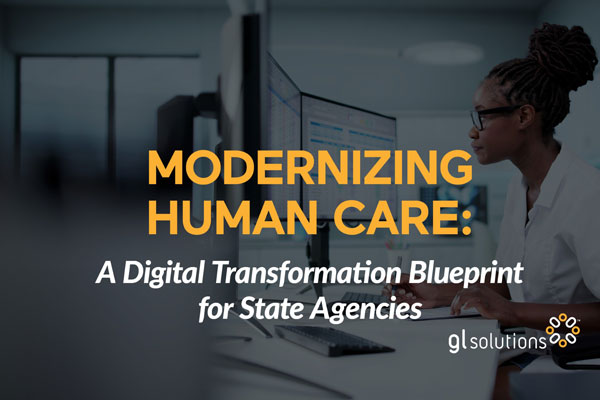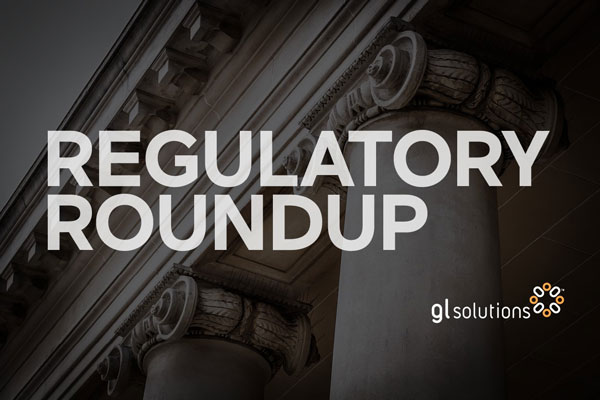How States Compare: Database Reveals Decades of Licensing Trends
A new occupational licensing database, provides comprehensive information on the code, law and statutes that regulate various occupations in the United States, dating back to 1991—and supporting a historical look at the regulations. Knee Regulatory Research Center Director of Labor, Conor Norris, who oversees the Occupational Licensing Law Research Project (OLLRP) told GL Solutions that “the dataset provides the most detailed historical record of licensing requirements for specific professions.” The OLLRP, Norris explained, provides a survey of licensing requirements each year, including the pathways for licensure. “By identifying annual changes,” says Norris, “the data allows researchers to test the effects of individual licensing requirements.” The data currently focuses on 10 professions, with six added soon. He explains three ways regulatory agencies benefit from the information.
Benefits to Regulatory Agencies
Comparing State Requirements
According to Norris, the data enables state regulatory agencies to use the data to compare licensing requirements in their state to those in other states. “Licensing requirements can vary considerably between states, so there is ample opportunity to learn from one another,” he says. The data helps the states see how their requirements “stand out,” such as for training or education.
Understanding Licensing Impacts
The data also helps states understand the impact of the changes in licensing requirements, such as improved customer service. “This helps agencies assess whether reforms are working and justify future policy changes with empirical evidence,” says Norris.
Addressing Workforce Shortages
In addition, the data helps those states struggling with workforce shortages to use the OLLRP to decide if licensing barriers contribute to the issue.
Access the data for download on the Knee Regulatory Research Center website: https://knee.wvu.edu/data/ollrp-database
State IT Modernization Faces Budget Shortfalls
During the annual conference for the National Association of State Chief Information Officers, Executive Director Doug Robinson shared that states face declining revenue, according to Route Fifty on October 21. A recent survey by NASCIO revealed a similar story from CIOs; while half of CIOs saw an increased budget, with some funds to modernize, these CIOs said they expect to feel impacted by federal cuts. According to Route Fifty Robinson said that because of funding shortfalls, states may be asked to “pare back” tech spending or “hold the line.”
AI Training Frameworks Benefit Regulatory Agencies
A new brief from the National Digital Inclusion Alliance offers a roadmap for integrating artificial intelligence (AI) into digital training efforts. AI in Digital Skills Programs Insights and Perspectives from Community Leaders emphasizes how AI, embedded into digital skills programs, helps improve job performance and more. The brief also offers tools and frameworks to use to support AI-related training initiatives. The information offers several benefits to regulatory agencies.
Benefits to Regulatory Agencies
- Supports policy alignment with digital equity mandates and AI workforce readiness goals.
- Provides adaptable curriculum models (courses, workshops, one-on-one formats) to scale through state-funded programs.
- Includes an evaluation rubric to help regulators assess the quality and relevance of AI instructional materials.
According to their website, the National Digital Inclusion Alliance advances digital equity by connecting organizations, supporting community programming, and equipping policymakers to act.
Time to Modernize
GL Solutions helps your regulatory agency run, grow and adapt through modern software and automation that helps solve your agency’s greatest challenges. To learn more, contact us.
To receive the latest regulatory news delivered to your inbox each week, subscribe to our newsletter.


